A Comprehensive Guide Introduction: Tomato sauce is a popular condiment used in numerous cuisines around the world. While many people are familiar with tomato sauce as a common pantry staple, few may realize that it is derived from tomato paste. In this article, we will explore in-depth the process of transforming tomato paste into tomato sauce, the various considerations involved, and the potential benefits of making your own sauce at home. I. Tomato Paste: The Basis for Tomato Sauce 1. How is Tomato Paste Made? – Tomato paste is made by cooking down tomatoes and extracting moisture. – The resulting concentrated tomato pulp is then strained, removing the seeds and skin. – The strained pulp is further cooked to reduce moisture content, resulting in a thick paste. 2. Understanding the Characteristics of Tomato Paste: – Tomato paste enjoys a significantly longer shelf life due to its reduced moisture content. – It possesses a concentrated tomato flavor, making it ideal for use in various recipes. – Tomato paste boasts a thick consistency, which is essential for creating a rich and hearty tomato sauce. II. Transforming Tomato Paste into Tomato Sauce 1. Essential Ingredients for Tomato Sauce: – In addition to tomato paste, other key ingredients include onions, garlic, herbs, and spices. – Sugar, salt, and acid (vinegar or lemon juice) may be incorporated to enhance the taste profile. – Optional ingredients like wine or broth can introduce depth and complexity to the sauce. 2. The Cooking Process: Steps for Making Tomato Sauce: – Start by sautéing onions and garlic in olive oil until they become translucent and fragrant. – Add tomato paste and cook it briefly to intensify its flavor. – Incorporate herbs, spices, and other desired ingredients. – Simmer the mixture, allowing the flavors to meld together while reducing the sauce to achieve the desired consistency. – Season with salt, sugar, and acid, adjusting to taste.
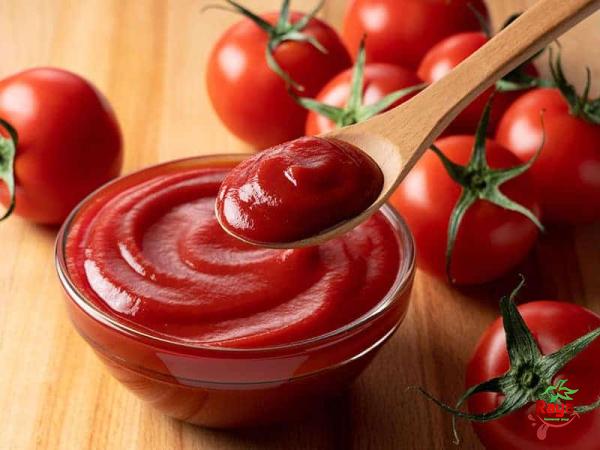
tomato paste
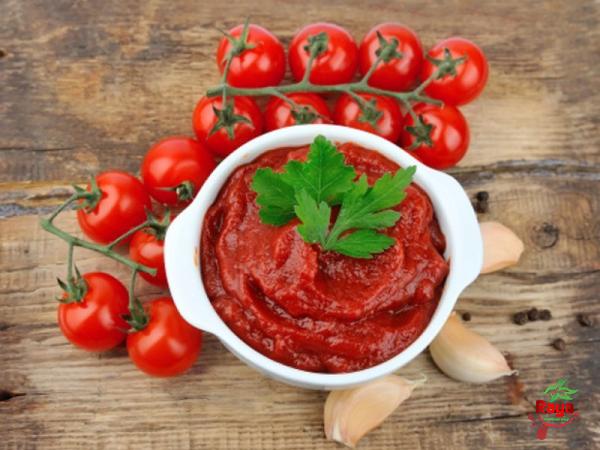 III. Considerations When Making Tomato Sauce 1. Flavor Variations: – By adapting the choice and quantity of herbs, spices, and other ingredients, a wide range of flavors can be achieved. – For a traditional Italian-style tomato sauce, basil, oregano, and bay leaves are commonly used. – Experimenting with different combinations of herbs and spices can yield unique and personalized sauce variations. 2. Adjusting Consistency: – The thickness of tomato sauce can be adjusted according to personal preference. – For a thicker sauce, reduce it for a longer period, allowing more moisture to evaporate. – If a thinner consistency is desired, additional liquid such as broth or water can be added during the cooking process. 3. The Importance of Seasoning: – Seasoning plays a crucial role in bringing out the flavors of tomato sauce. – Balance the acidity with a touch of sweetness by adding sugar. – Acidic ingredients such as vinegar or lemon juice can help brighten the flavors. – Salt should be added gradually and adjusted to taste, being careful not to over-season. IV. Benefits of Homemade Tomato Sauce 1. Control over Ingredients: – Making tomato sauce at home allows you to have complete control over the quality and types of ingredients used. – You can opt for organic tomatoes, reduce or eliminate preservatives, and experiment with flavors to suit your palate.
III. Considerations When Making Tomato Sauce 1. Flavor Variations: – By adapting the choice and quantity of herbs, spices, and other ingredients, a wide range of flavors can be achieved. – For a traditional Italian-style tomato sauce, basil, oregano, and bay leaves are commonly used. – Experimenting with different combinations of herbs and spices can yield unique and personalized sauce variations. 2. Adjusting Consistency: – The thickness of tomato sauce can be adjusted according to personal preference. – For a thicker sauce, reduce it for a longer period, allowing more moisture to evaporate. – If a thinner consistency is desired, additional liquid such as broth or water can be added during the cooking process. 3. The Importance of Seasoning: – Seasoning plays a crucial role in bringing out the flavors of tomato sauce. – Balance the acidity with a touch of sweetness by adding sugar. – Acidic ingredients such as vinegar or lemon juice can help brighten the flavors. – Salt should be added gradually and adjusted to taste, being careful not to over-season. IV. Benefits of Homemade Tomato Sauce 1. Control over Ingredients: – Making tomato sauce at home allows you to have complete control over the quality and types of ingredients used. – You can opt for organic tomatoes, reduce or eliminate preservatives, and experiment with flavors to suit your palate.
Specifications of tomato paste
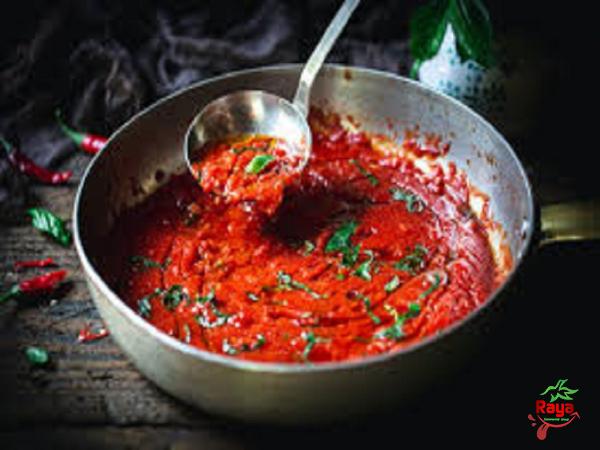 2. Health Benefits: – Homemade tomato sauce can be a healthier option as you can avoid excess sodium, added sugars, and unhealthy additives. – Tomatoes are rich in antioxidants, vitamins, and minerals, offering various health benefits. – By making your own sauce, you can adapt the recipe to include additional nutritious ingredients, like vegetables or lean proteins. 3. Cost-Effective: – Making tomato sauce at home can be more cost-effective, especially when using seasonal or bulk-purchased tomatoes. – Canning or freezing homemade sauce can further extend its shelf life, providing convenience and savings in the long run. Conclusion: Understanding the process of transforming tomato paste into tomato sauce opens up a world of culinary possibilities. By experimenting with ingredients, flavors, and seasoning, you can create a customized sauce that suits your taste preferences. The benefits of homemade tomato sauce, including control over ingredients, health benefits, and cost-effectiveness, encourage many individuals to embark on the journey of making their own sauce. So, why not try your hand at transforming tomato paste into a delicious homemade tomato sauce today?I. Food Processing Industry and Tomato Sauce: The food processing industry plays a significant role in the production of tomato sauce. As consumer demand for convenience and ready-to-use products increases, food processing companies utilize tomato paste as a key ingredient in the manufacturing of tomato sauce. These companies ensure consistent quality, taste, and texture of the sauce by carefully selecting and processing the tomatoes. The tomato sauce produced is then packaged and distributed to retailers and consumers worldwide. II. Retail Market for Tomato Sauce: The retail market for tomato sauce is vast, with numerous brands and varieties available to consumers. These sauces come in different flavors, textures, and packaging options to cater to the diverse preferences and needs of consumers. Tomatoes, being a versatile and widely-used ingredient, have created a highly competitive market for tomato sauce. Leading brands invest heavily in marketing and product innovation to stay ahead of the competition.
2. Health Benefits: – Homemade tomato sauce can be a healthier option as you can avoid excess sodium, added sugars, and unhealthy additives. – Tomatoes are rich in antioxidants, vitamins, and minerals, offering various health benefits. – By making your own sauce, you can adapt the recipe to include additional nutritious ingredients, like vegetables or lean proteins. 3. Cost-Effective: – Making tomato sauce at home can be more cost-effective, especially when using seasonal or bulk-purchased tomatoes. – Canning or freezing homemade sauce can further extend its shelf life, providing convenience and savings in the long run. Conclusion: Understanding the process of transforming tomato paste into tomato sauce opens up a world of culinary possibilities. By experimenting with ingredients, flavors, and seasoning, you can create a customized sauce that suits your taste preferences. The benefits of homemade tomato sauce, including control over ingredients, health benefits, and cost-effectiveness, encourage many individuals to embark on the journey of making their own sauce. So, why not try your hand at transforming tomato paste into a delicious homemade tomato sauce today?I. Food Processing Industry and Tomato Sauce: The food processing industry plays a significant role in the production of tomato sauce. As consumer demand for convenience and ready-to-use products increases, food processing companies utilize tomato paste as a key ingredient in the manufacturing of tomato sauce. These companies ensure consistent quality, taste, and texture of the sauce by carefully selecting and processing the tomatoes. The tomato sauce produced is then packaged and distributed to retailers and consumers worldwide. II. Retail Market for Tomato Sauce: The retail market for tomato sauce is vast, with numerous brands and varieties available to consumers. These sauces come in different flavors, textures, and packaging options to cater to the diverse preferences and needs of consumers. Tomatoes, being a versatile and widely-used ingredient, have created a highly competitive market for tomato sauce. Leading brands invest heavily in marketing and product innovation to stay ahead of the competition.
buy tomato paste
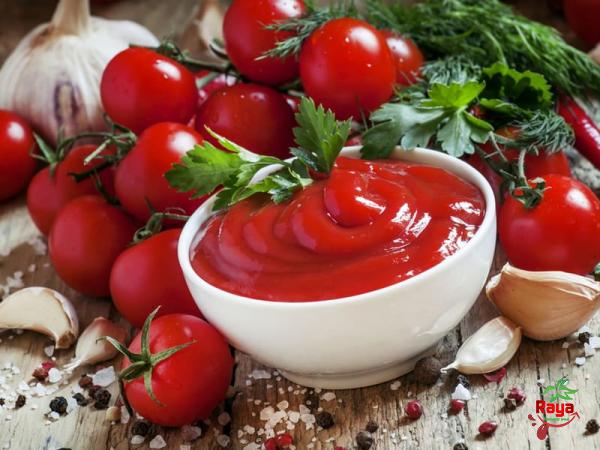 III. Foodservice Sector and Tomato Sauce: Tomato sauce is a staple ingredient in the foodservice sector, from fast-food chains to fine dining establishments. It is used in a variety of dishes, such as pasta, pizzas, soups, stews, and more. Restaurants, cafeterias, and other foodservice establishments rely on the convenience and consistent quality of commercially-produced tomato sauce to cater to their customer demands efficiently. Efficiency in the kitchen is crucial for maintaining a high volume of orders and meeting customer expectations. IV. Global Tomato Production and its Impact on Tomato Sauce Manufacturing: Tomato sauce production heavily relies on the availability and quality of tomatoes. Global tomato production plays a crucial role in the manufacturing process. Countries like China, India, the United States, and Italy are among the top producers of tomatoes. The availability of high-quality tomatoes ensures a steady supply of tomato paste, which forms the base for tomato sauce production. Changes in weather patterns, disease outbreaks, or crop failures can impact tomato production, leading to potential shortages and price fluctuations in the tomato paste market. V. Supply Chain Management and Tomato Sauce Manufacturing: Efficient supply chain management is crucial in the tomato sauce manufacturing process. Raw tomatoes are harvested and transported to processing facilities where they are sorted, washed, and processed into tomato paste. The paste is then distributed to sauce manufacturers, either directly or through intermediaries. Effective supply chain management ensures timely delivery of tomato paste to manufacturers, allowing them to meet production demands and maintain product availability in the market. VI. Quality Control and Safety Measures in Tomato Sauce Manufacturing: Quality control and safety measures are of utmost importance in tomato sauce manufacturing. Food processing companies adhere to strict regulations and standards to ensure the safety and integrity of their products. Tomatoes and tomato paste undergo rigorous testing for factors such as acidity, pH level, flavor, texture, and overall quality. These measures prevent contamination and ensure that the final tomato sauce product meets regulatory requirements and consumer expectations. VII. Sustainability Initiatives in Tomato Sauce Manufacturing: Many tomato sauce manufacturers are actively involved in sustainability initiatives to reduce environmental impact. Efforts include the use of eco-friendly packaging, implementing energy-efficient practices, reducing waste, and supporting local farmers. Some companies have also incorporated sustainable sourcing practices, opting for tomatoes grown using organic or environmentally-friendly farming methods. These initiatives aim to balance business objectives with environmental responsibility in the tomato sauce manufacturing process. VIII. Opportunities for Innovation and New Product Development: Innovation plays a crucial role in the tomato sauce manufacturing industry. Companies are constantly exploring new flavors, textures, and packaging options to meet evolving consumer demands. Product development may involve the introduction of premium or gourmet tomato sauce varieties, healthier options with reduced salt or sugar content, or sauces specifically formulated for dietary restrictions or preferences, such as gluten-free or vegan options. These innovations create opportunities for differentiation and attracting a wider customer base. IX. Market Trends and Consumer Preferences: Market trends and consumer preferences have a significant impact on the tomato sauce manufacturing industry. Today’s consumers are increasingly health-conscious, seeking sauces with clean labels, natural ingredients, and reduced levels of additives or preservatives. There is also a growing demand for organic and locally-sourced products. Additionally, consumers are seeking convenience, resulting in the rise of single-serve packaging options and ready-to-use tomato sauce pouches. Meeting these evolving consumer preferences is essential for manufacturers to stay relevant in the market. X. Export and Import Dynamics in Tomato Sauce Trade: The tomato sauce industry is not limited to domestic markets. Many countries engage in export and import of tomato sauce, allowing for global trade. Countries with high tomato sauce production, such as Italy and the United States, often export their products to countries with lower production capacities or different flavor preferences. Importing countries benefit from access to a diverse range of tomato sauce options, enabling them to meet local demand and offer international flavors to consumers. XI. Challenges Faced by Tomato Sauce Manufacturers: Although the tomato sauce manufacturing industry offers numerous opportunities, it also faces certain challenges. Fluctuations in tomato prices and availability due to crop failures or weather-related issues can affect production costs and profitability. Adapting to changing consumer preferences and keeping up with market trends requires continuous innovation and investment in research and development. Additionally, supply chain disruptions and regulatory compliance can pose challenges for manufacturers. Conclusion: From its humble beginnings as tomato paste, tomato sauce has become a widely consumed and versatile condiment worldwide. The production process involves sourcing, processing, and transforming tomato paste into a rich and flavorful sauce. The tomato sauce industry encompasses both commercial manufacturing and homemade production, catering to the needs and preferences of diverse consumer groups. With evolving consumer trends and a growing focus on sustainability, the tomato sauce manufacturing industry continues to innovate and adapt to meet the demands of a dynamic market.
III. Foodservice Sector and Tomato Sauce: Tomato sauce is a staple ingredient in the foodservice sector, from fast-food chains to fine dining establishments. It is used in a variety of dishes, such as pasta, pizzas, soups, stews, and more. Restaurants, cafeterias, and other foodservice establishments rely on the convenience and consistent quality of commercially-produced tomato sauce to cater to their customer demands efficiently. Efficiency in the kitchen is crucial for maintaining a high volume of orders and meeting customer expectations. IV. Global Tomato Production and its Impact on Tomato Sauce Manufacturing: Tomato sauce production heavily relies on the availability and quality of tomatoes. Global tomato production plays a crucial role in the manufacturing process. Countries like China, India, the United States, and Italy are among the top producers of tomatoes. The availability of high-quality tomatoes ensures a steady supply of tomato paste, which forms the base for tomato sauce production. Changes in weather patterns, disease outbreaks, or crop failures can impact tomato production, leading to potential shortages and price fluctuations in the tomato paste market. V. Supply Chain Management and Tomato Sauce Manufacturing: Efficient supply chain management is crucial in the tomato sauce manufacturing process. Raw tomatoes are harvested and transported to processing facilities where they are sorted, washed, and processed into tomato paste. The paste is then distributed to sauce manufacturers, either directly or through intermediaries. Effective supply chain management ensures timely delivery of tomato paste to manufacturers, allowing them to meet production demands and maintain product availability in the market. VI. Quality Control and Safety Measures in Tomato Sauce Manufacturing: Quality control and safety measures are of utmost importance in tomato sauce manufacturing. Food processing companies adhere to strict regulations and standards to ensure the safety and integrity of their products. Tomatoes and tomato paste undergo rigorous testing for factors such as acidity, pH level, flavor, texture, and overall quality. These measures prevent contamination and ensure that the final tomato sauce product meets regulatory requirements and consumer expectations. VII. Sustainability Initiatives in Tomato Sauce Manufacturing: Many tomato sauce manufacturers are actively involved in sustainability initiatives to reduce environmental impact. Efforts include the use of eco-friendly packaging, implementing energy-efficient practices, reducing waste, and supporting local farmers. Some companies have also incorporated sustainable sourcing practices, opting for tomatoes grown using organic or environmentally-friendly farming methods. These initiatives aim to balance business objectives with environmental responsibility in the tomato sauce manufacturing process. VIII. Opportunities for Innovation and New Product Development: Innovation plays a crucial role in the tomato sauce manufacturing industry. Companies are constantly exploring new flavors, textures, and packaging options to meet evolving consumer demands. Product development may involve the introduction of premium or gourmet tomato sauce varieties, healthier options with reduced salt or sugar content, or sauces specifically formulated for dietary restrictions or preferences, such as gluten-free or vegan options. These innovations create opportunities for differentiation and attracting a wider customer base. IX. Market Trends and Consumer Preferences: Market trends and consumer preferences have a significant impact on the tomato sauce manufacturing industry. Today’s consumers are increasingly health-conscious, seeking sauces with clean labels, natural ingredients, and reduced levels of additives or preservatives. There is also a growing demand for organic and locally-sourced products. Additionally, consumers are seeking convenience, resulting in the rise of single-serve packaging options and ready-to-use tomato sauce pouches. Meeting these evolving consumer preferences is essential for manufacturers to stay relevant in the market. X. Export and Import Dynamics in Tomato Sauce Trade: The tomato sauce industry is not limited to domestic markets. Many countries engage in export and import of tomato sauce, allowing for global trade. Countries with high tomato sauce production, such as Italy and the United States, often export their products to countries with lower production capacities or different flavor preferences. Importing countries benefit from access to a diverse range of tomato sauce options, enabling them to meet local demand and offer international flavors to consumers. XI. Challenges Faced by Tomato Sauce Manufacturers: Although the tomato sauce manufacturing industry offers numerous opportunities, it also faces certain challenges. Fluctuations in tomato prices and availability due to crop failures or weather-related issues can affect production costs and profitability. Adapting to changing consumer preferences and keeping up with market trends requires continuous innovation and investment in research and development. Additionally, supply chain disruptions and regulatory compliance can pose challenges for manufacturers. Conclusion: From its humble beginnings as tomato paste, tomato sauce has become a widely consumed and versatile condiment worldwide. The production process involves sourcing, processing, and transforming tomato paste into a rich and flavorful sauce. The tomato sauce industry encompasses both commercial manufacturing and homemade production, catering to the needs and preferences of diverse consumer groups. With evolving consumer trends and a growing focus on sustainability, the tomato sauce manufacturing industry continues to innovate and adapt to meet the demands of a dynamic market.


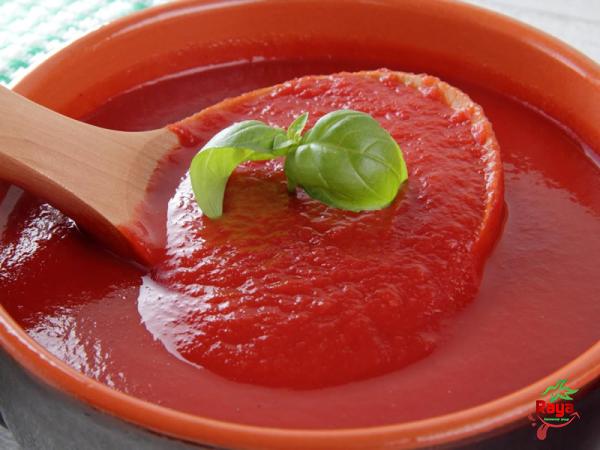
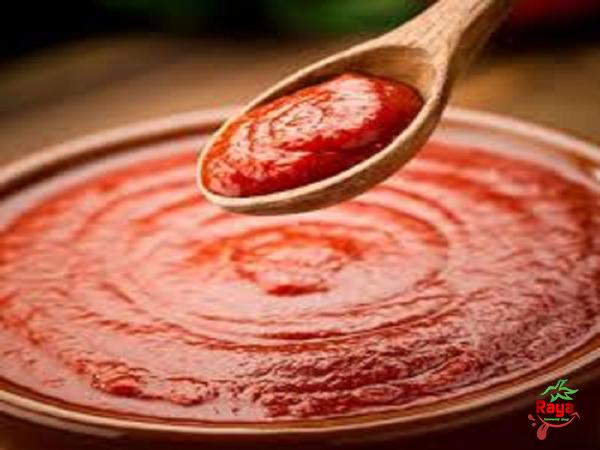

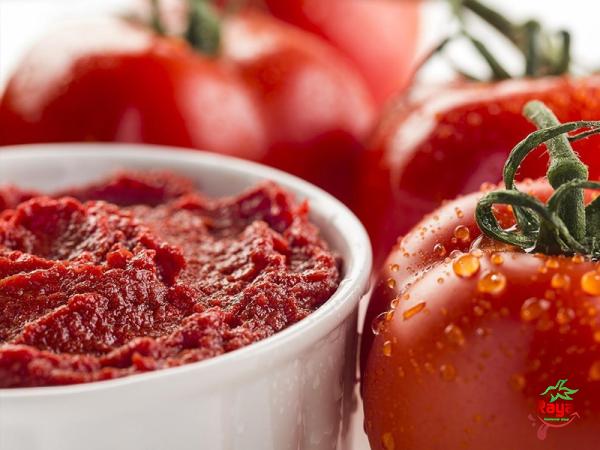
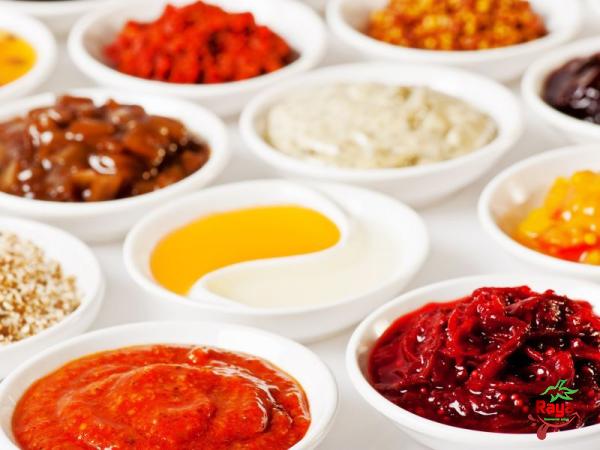

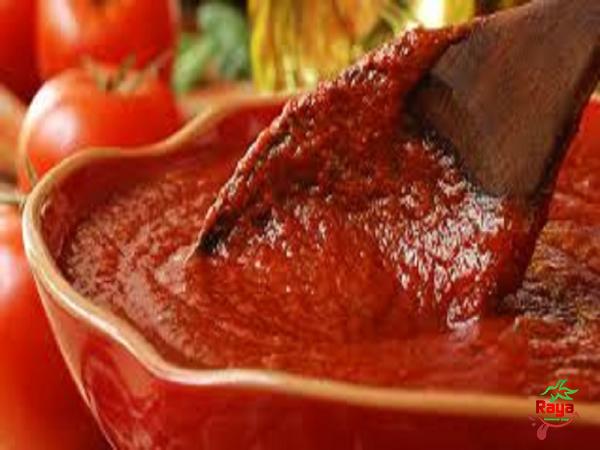
Your comment submitted.